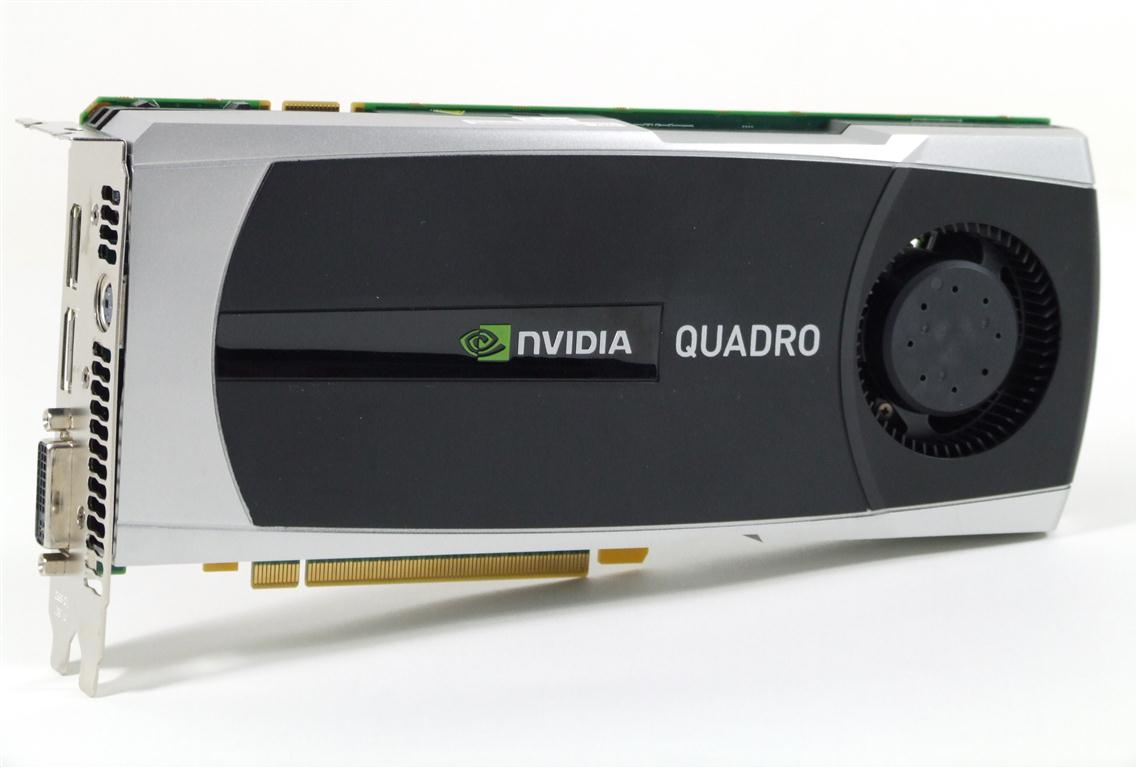Workstation Shootout: Nvidia Quadro 5000 Vs. ATI FirePro V8800
Nvidia sure didn't waste any time introducing its Fermi architecture to the workstation space. Its Quadro 5000 is one of the first models to use the company's GF100 graphics processor. How does this card stack up against ATI’s flagship FirePro V8800?
Conclusion
Looking at our benchmark results, it’s clear which card comes out on top: Nvidia’s Quadro 5000 is superior to AMD’s FirePro V8800 in almost every benchmark, usually by a clear margin. Based on their mainstream equivalents, we wouldn’t have expected such a great performance disparity between these two graphics boards. After all, AMD's offering is built on an excellent modern design, though it seems to have trouble living up to its performance potential in a workstation environment.
Indeed, we don't think that it's the hardware to blame. After all, the Radeon HD 5870 is faster than the GeForce GTX 465. Rather, it's AMD’s driver at fault. While they are stable, they are apparently not very well optimized yet, holding the V8800 back. This isn’t just the case compared to Nvidia's current flagship. The V8800 should have been able to outpace its own predecessor by a much larger margin. AMD's best approach would be to commit more resources to its driver team to rectify the situation.
Nvidia’s newest software package grants the Quadro 5000 a clear lead in the synthetic benchmark SPECviewperf 11. While the Nvidia card also comes out ahead of the AMD board in real-world benchmarks, the margins are not as wide as the synthetic suite would imply. 3ds Max is the one exception, with the previous-gen Quadro FX 4800 beating not only its contemporary FirePro V8700, but the new V8800 as well. We’re happy to see that Nvidia has optimized its drivers for performance in several applications, which is something that AMD has been implementing in its own drivers for a while now. As a result, there is less need to manually adjust software-based settings when using an Nvidia card.
Looking at the two competitors from a "value for the money" perspective, Nvidia certainly appears to be the premium choice, both where performance and cost are concerned. Its faster card is naturally more expensive. Meanwhile, AMD prices its cards at a level that is in line with its capabilities. In other words, the AMD cards are less expensive and still offer respectable performance, but they’re not the fastest models out there.
Depending on the route you go, pricing may not be as much of an issue. While workstation graphics cards can be bought separately, the majority are sold as part of a preconfigured workstation computer from companies like Dell (Precision line) or Hewlett-Packard (z800), where the customer can choose the components. In the context of an entire workstation, the cost of a graphics card is only a small part of the final sum.
Get Tom's Hardware's best news and in-depth reviews, straight to your inbox.
-
tacoslave if amd put a little more work on their drivers (i.e crossfire and firepro performance)they would be the clear performance champion.Reply -
Gin Fushicho I really wish I knew what these numbers meant.Reply
For someone who doesn't do 3-D design these benchmarks are kinda confusing. -
joytech22 You need to remember, Fermi is designed not "Just" for games, but was also designed, from day one, with computing in mind as well.Reply -
SchizoFrog Once again the arguement regarding AMD Drivers is brought to the fore. But more than this, when AMD has a line of products that could be said to 'miss' they absolutely FAIL. nVidia on the otherhand seem to have learned their lesson well from the 5xxxFX series and can still produce products that can compete at least at some level, ie: GTX460. Although these are Workstation products, nVidia have a complete package with GPUs and Drivers that work from the off.Reply -
davefb sort of interesting, but why is there no comparison to mainstream boards? There is a massive premium of cost here but nothing to be able to say 'hey boss, the onboard graphics we use really don't cut it any more, how about a quadro'.Reply
(or have I sped-read past the reason why ;) )

